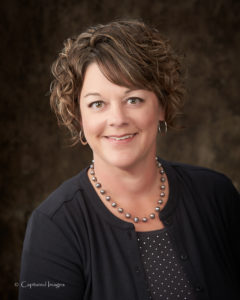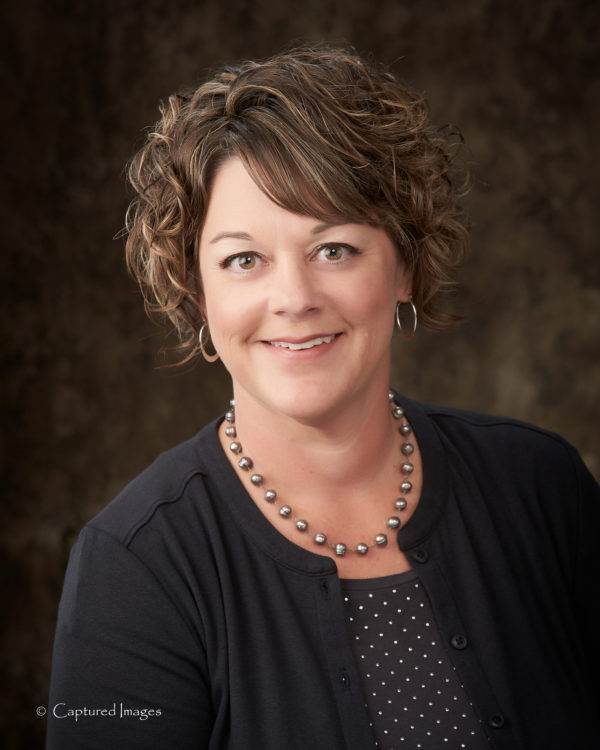The Starlite FCE meet April 21st at the Yeager building on the Bourbon County Fairgrounds. The meeting was called to order by Vice President Joyce Allen. She also led the club in reciting the Pledge of Allegiance and the Club Collect. Ten members and one guest were in attendance. The members reported 24 hours of volunteer work and that they had recycled 545 pounds.
The minutes of the previous meeting were read and corrected. Doris Ericson presented the Treasurer’s report. There was no council report. Deb Woods reported that she had attended the Healthy Bourbon County meeting.
Joyce announced that Glenda Miller was our only Birthday for the Month of April.
Old business consisted of a report from Joyce Allen that the Easter items had been delivered to Tri-Valley.
Under new business it was announced that Aging with Attitude will be April 29th at FSCC starting at 9:00, and that the Spring Tea will be May 3rd at the Bronson Community Center. Eight members present signed up to attend. The Area Recognition Day will be May 17th at Fort Scott’s First Southern Baptist Church. The cost to attend is $10 and can be given to Doris Ericson. The speaker for the Recognition Day will be from the Lowell Milken Center.
Deb Lust moved that the Club present the lesson Last Wishes at the fair, Deb Woods second the motion, motion carried.
Deb Woods moved that the meeting be adjourned, Helen Carson second the motion, meeting adjourned. After the meeting the lessons of More Plants on the Plate and Show me the Power of Healing Foods was presented to the members by Terri Williams as they enjoyed refreshments of fruit parfaits and assorted vegetables and dips, with water provided by Deb Lust and Terri Williams.
Prepared by
Terri Williams








